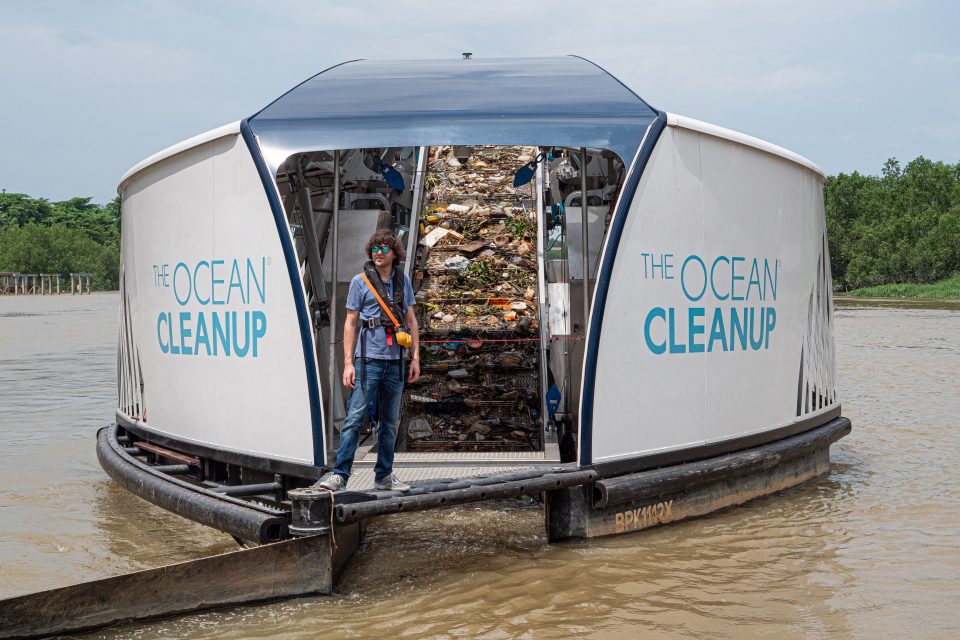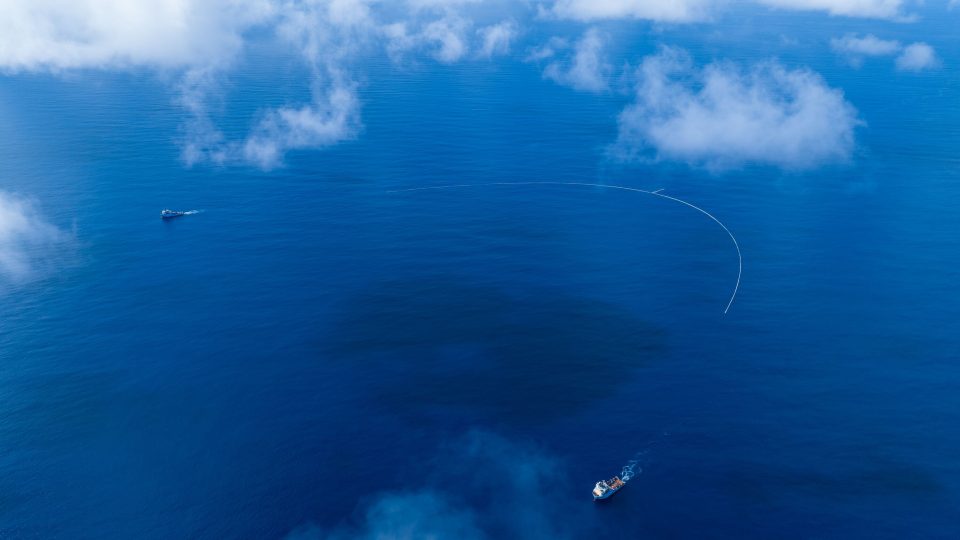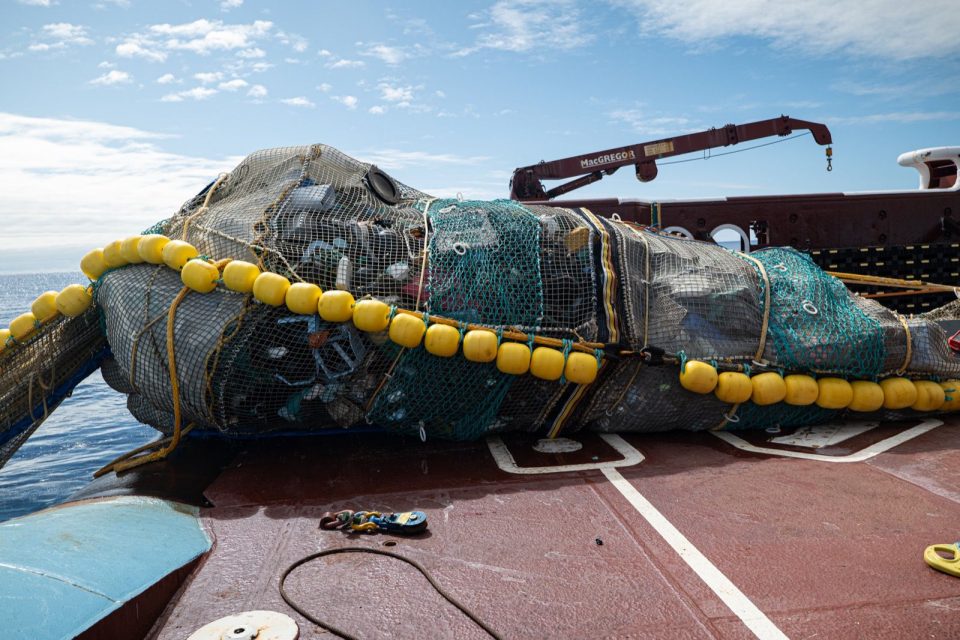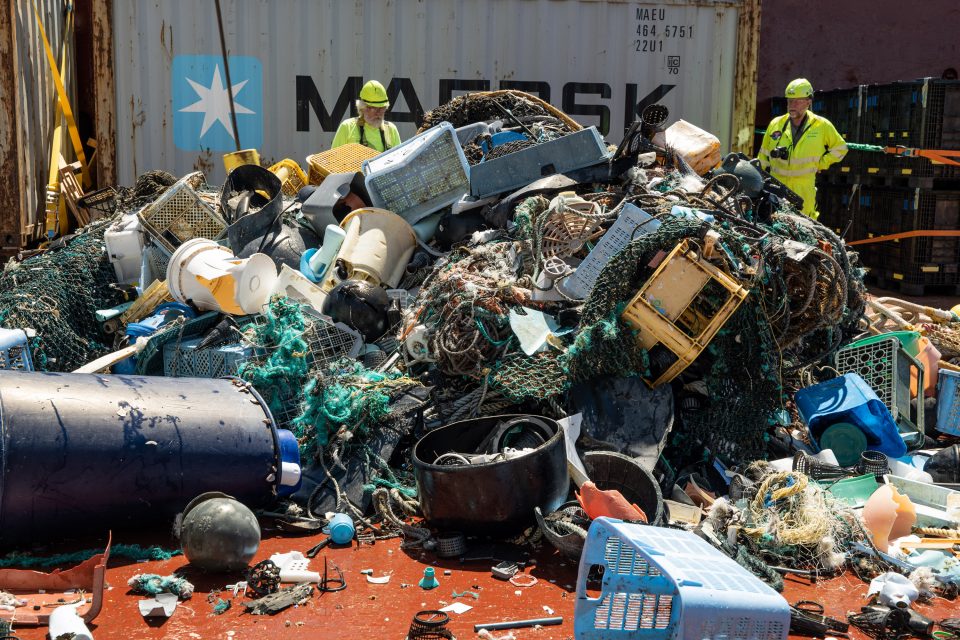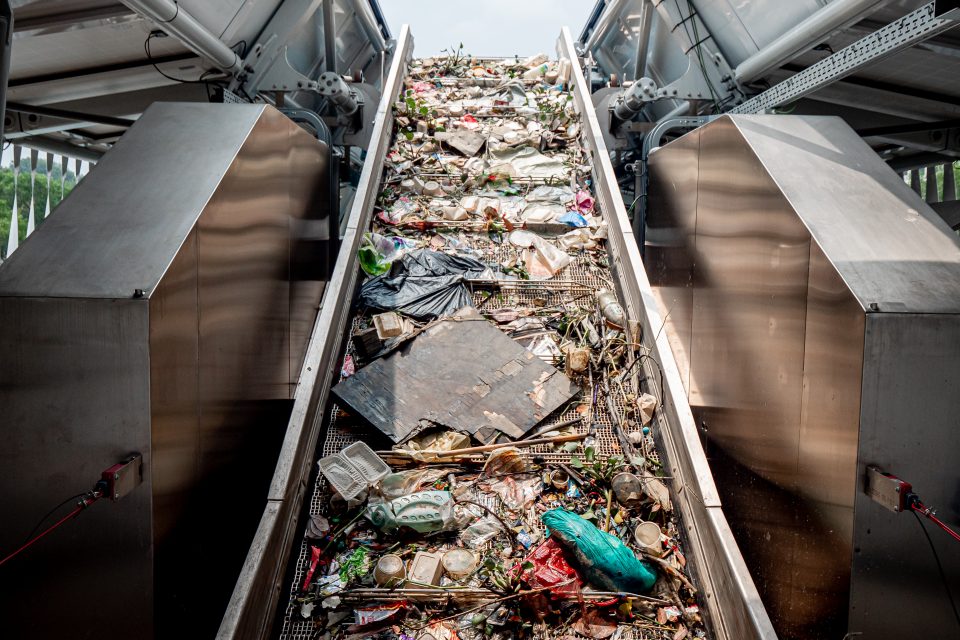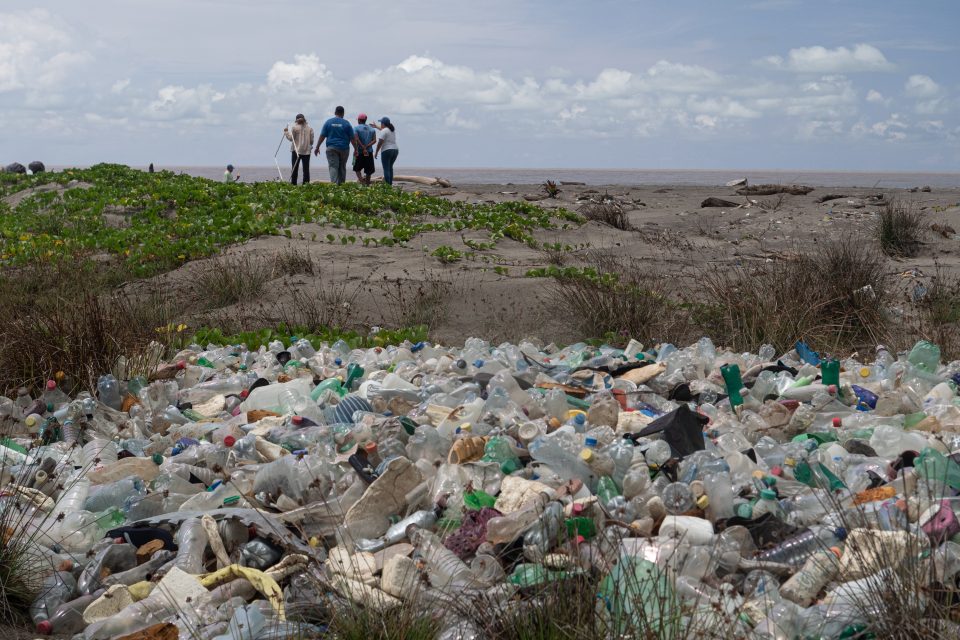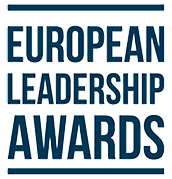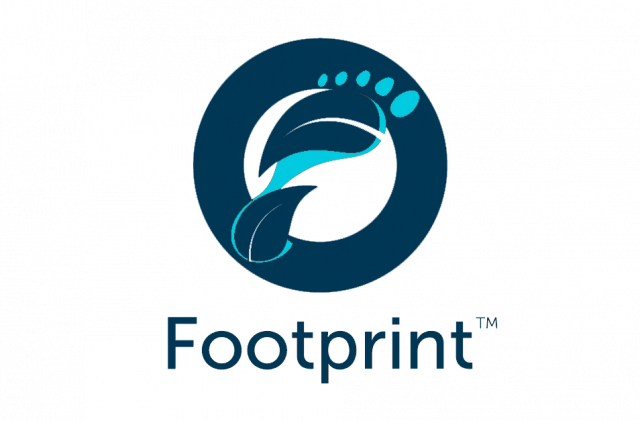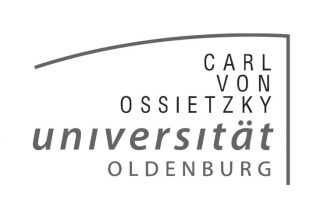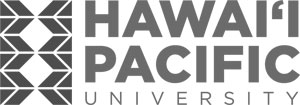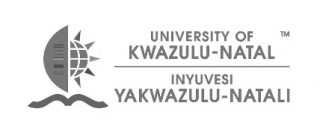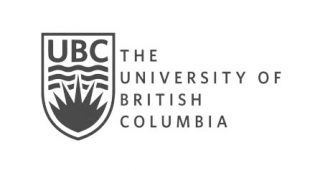
We are
The Ocean Cleanup
-
Founded 2013
Dutch inventor Boyan Slat founded The Ocean Cleanup at the age of 18 in his hometown of Delft, the Netherlands.
-
Non-profit foundation
We are fully reliant on donations from individuals, corporations, governments and institutions.
-
HQ Rotterdam
The Ocean Cleanup's team consists of 145 engineers, researchers, scientists, computational modelers, and supporting roles, working daily to rid the world's oceans of plastic.
Big problems require big solutions
Every year, millions of tons of plastic enter the oceans, primarily from rivers. And the plastic that’s afloat within the oceans isn’t going away by itself. To effectively solve the problem, we need to both halt the trash flow from rivers, and remove legacy plastics from the oceans at the same time.
The Ocean Cleanup, a non-profit organization, is developing and scaling technologies to rid the world’s oceans of plastic. Our aim is to put ourselves out of business once the oceans are clean.
We must defuse this
ticking time bomb
-
Environment
Plastic pollution in the world's oceans is one of the biggest environmental issues of our time, impacting nearly 900 marine species.
-
Economy
According to a study conducted in collaboration with Deloitte, yearly economic costs due to marine plastic pollution are estimated to be between $6-19bn USD. The costs stem from the plastic’s impact on tourism, fisheries and aquaculture, and (governmental) cleanups.
-
Health
Plastic pollution does not only impact sea life, it also carries toxic pollutants into the food chain – a food chain including us humans.
A simple idea turned into a moonshot project
At 16 years of age, Boyan Slat saw more plastic bags than fish when scuba diving in Greece. He thought: “Why can’t we just clean this up?” This question led him to research the plastic pollution problem for a school project. He learned about plastic accumulating in five large oceanic gyres, the largest one being the Great Pacific Garbage Patch. In 2012, Boyan Slat held a TEDx talk about how to rid the world’s oceans of plastic using technology. The video went viral, and the momentum that followed allowed him to drop out of school and found The Ocean Cleanup.
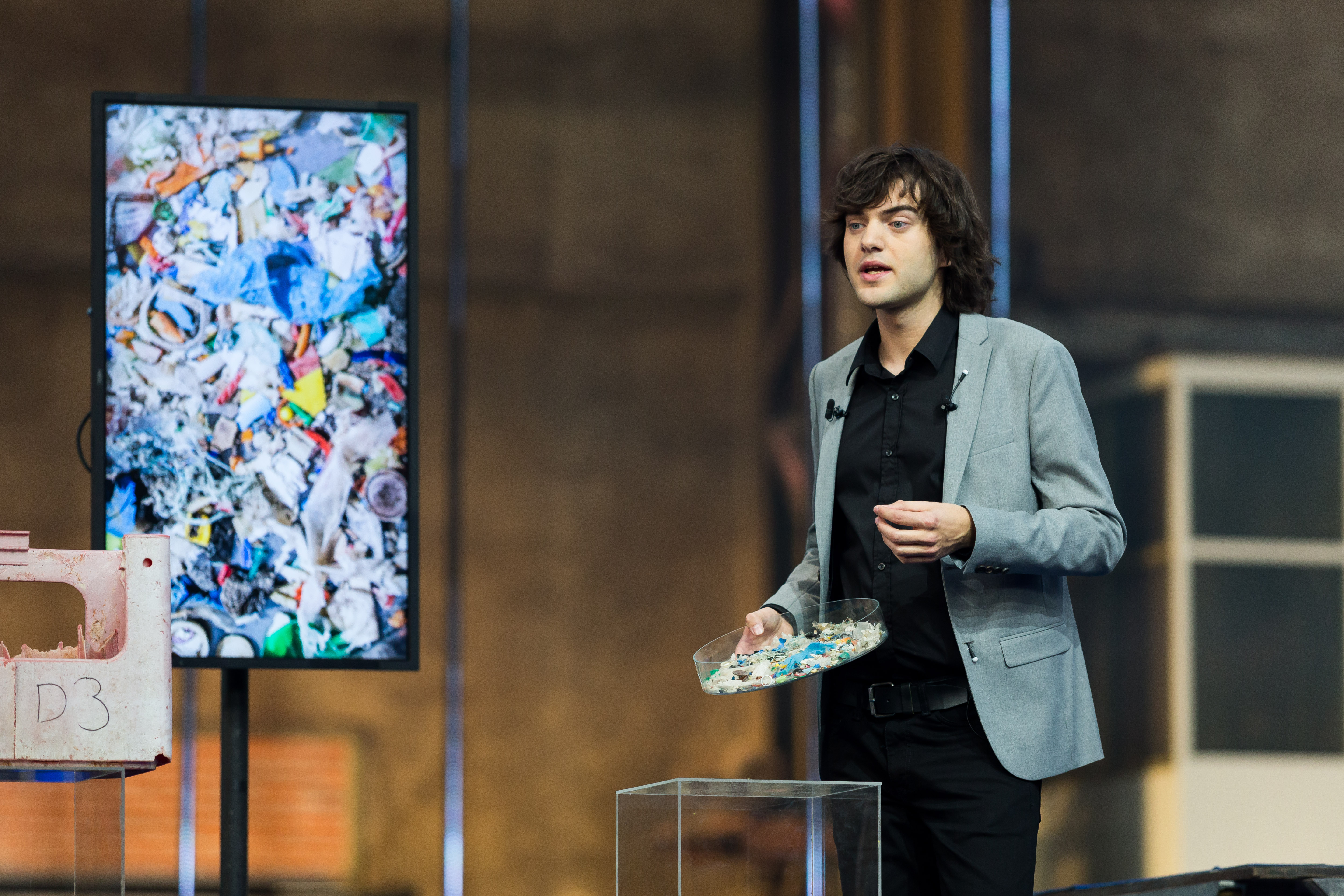
After many years of research, development, testing, and iteration, The Ocean Cleanup now has technologies to intercept plastic in rivers before it reaches the ocean, and technologies to remove the plastic that is already out there—debris that has been building up for decades.
OCEAN SYSTEMS
Plastic, once trapped in a gyre, will slowly break down, continually fragmenting into microplastics. Microplastic debris (< 5mm) is not only more challenging to clean up, but is also easily mistaken for food by marine life. The time to clean up is now.
The ocean garbage patches are massive. To effectively clean an area of such magnitude, a calculated and energy-efficient solution is required. With a relative speed difference maintained between the cleanup system and the plastic, we can concentrate the plastic for extraction. Learn more about our ocean technology and System 03, our current ocean system iteration.

The harvested plastic will be brought back to shore for recycling. We made our very first product – The Ocean Cleanup Sunglasses – using the catch of System 001/B in 2019. Going forward, we do not intend to make our own products, but partner with companies who will use our ocean plastic in their products.
INTERCEPTORS™
1000 rivers, or 1% of the world’s rivers, account for 80% of the plastic flowing into the oceans from land. We have developed a toolkit of Interceptors to tackle these rivers.
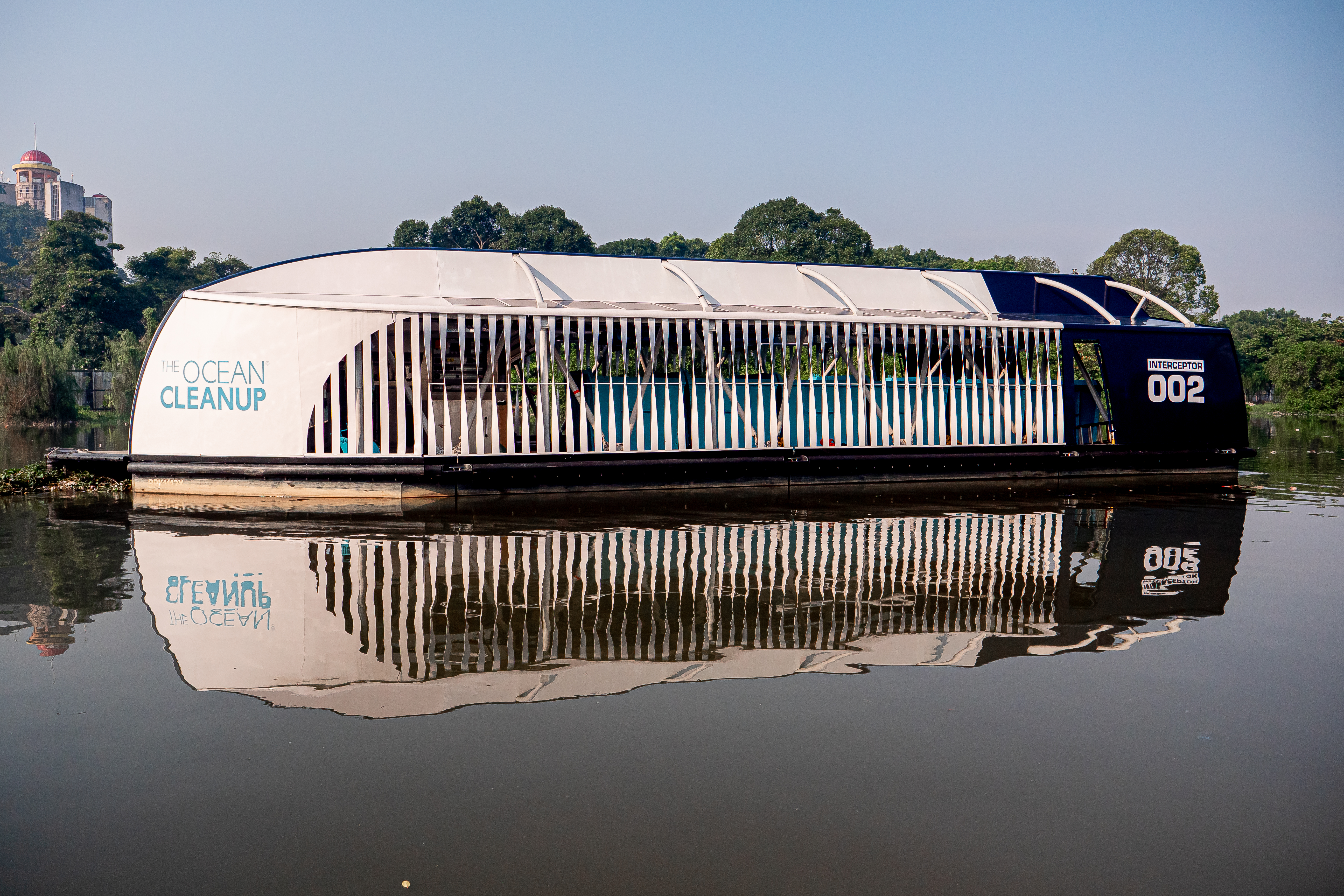
Together with corporations, governments and individuals globally, we plan on tackling 1000 of the most polluted rivers with our technology, knowledge, experience, and network.
The Ocean Cleanup is a project; our goal is to reach a 90% reduction of floating ocean plastic by 2040. To see all cleanup systems deployed, visit our Dashboard.
The impact of cleanup
Research shows the majority of plastic in the gyres (by mass) is made up of larger debris. By removing the plastic while most of it is still large, we prevent it from breaking down into dangerous microplastics.
Our aim is to have removed 90% of floating ocean plastic by 2040.
We plan to do this by cleaning up the legacy plastic – the plastic already floating in the ocean – and by stopping the sources of plastic flowing into our oceans.
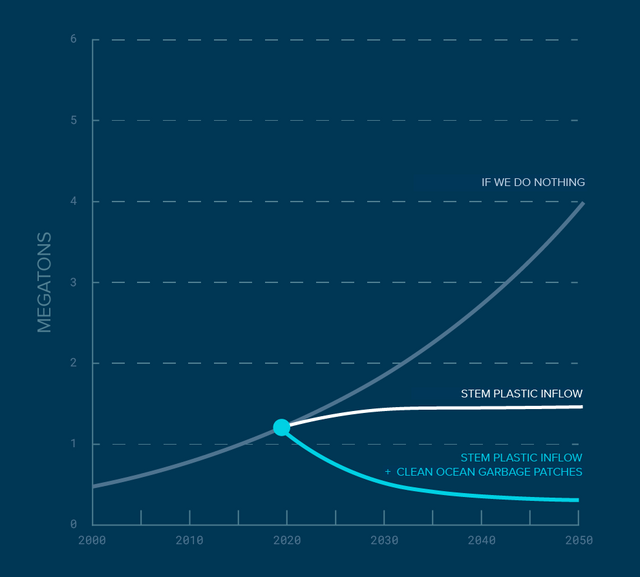
Leadership
To succeed in its mission, The Ocean Cleanup’s management team relies on a combination of innovative talent and high-level industry experience. The organization also benefits from the invaluable support and guidance of its advisory boards.
Management team
- Boyan Slat CEO & Founder
- Stacey Santoso Chief Financial Officer
- Julian Searle Chief Development Officer
- Henk van Dalen Director of Ocean
- Joël Jansen Director of QHSE
- Alice Collins Director of Rivers a.i
Supervisory Board
- Bert Bruggeman Chairman
- Jaska de Bakker Finance & Governance
- Erik Oostwegel Technology and R&D
- Chris van der Vorm Communications
- Feike Sijbesma Senior Advisor to Supervisory Board
How can you help?
-

Donate to our cause
Your donations empower us to continue our innovative cleanup efforts. Together, we can create a cleaner future for our oceans!
-
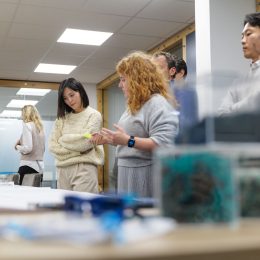
Partner with us
Does your company, organization, or foundation want to be part of the scale-up? Get in touch.
-
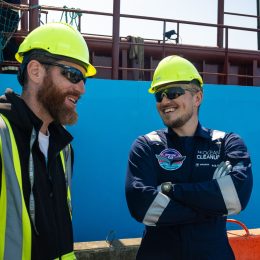
Join the crew
We are always looking for new bright people to join the mission. Be part of a driven group of experts, who see the "impossible" as temporary.


